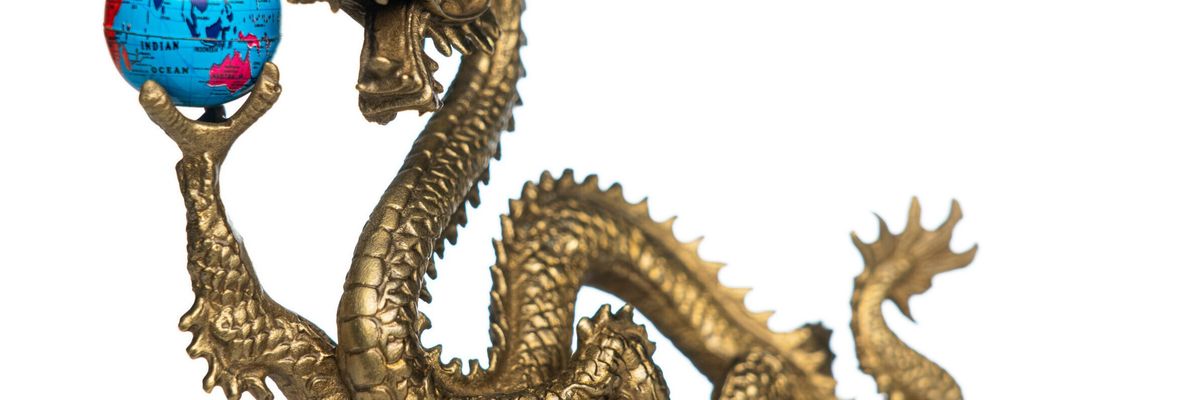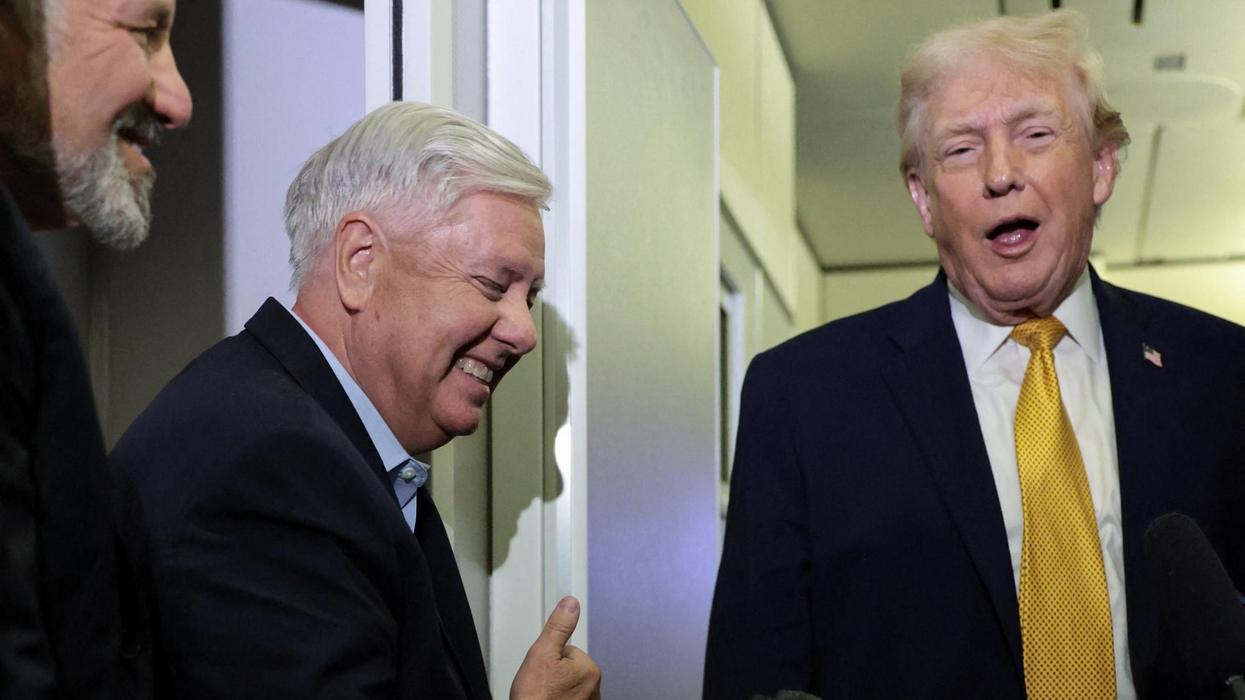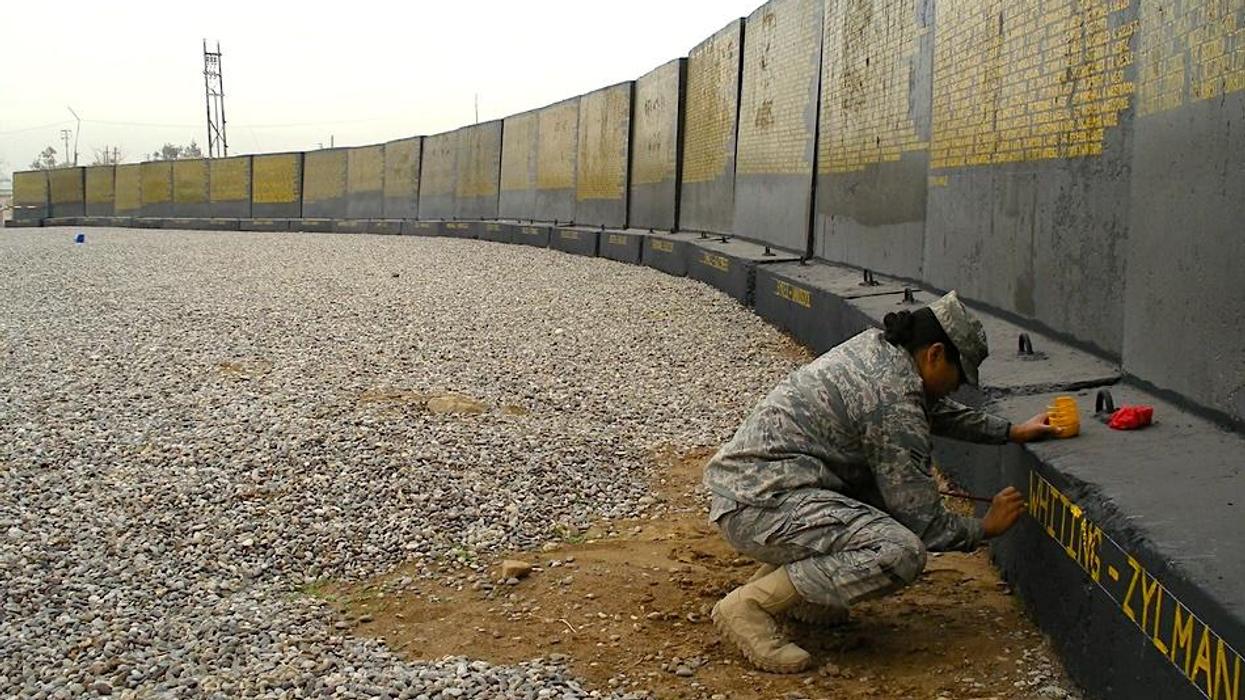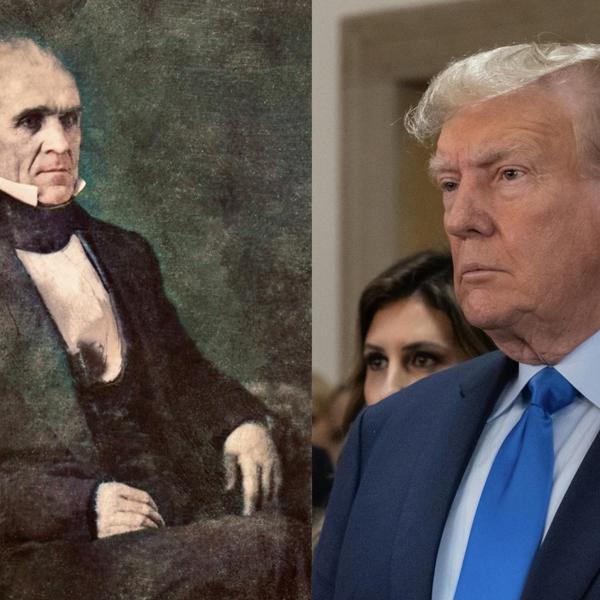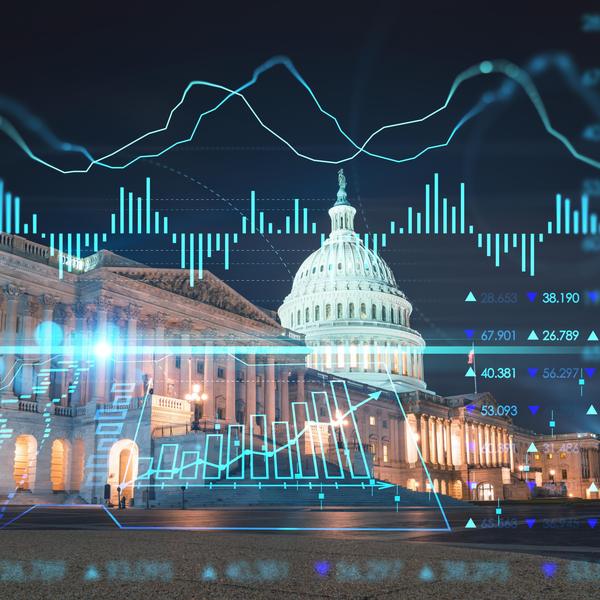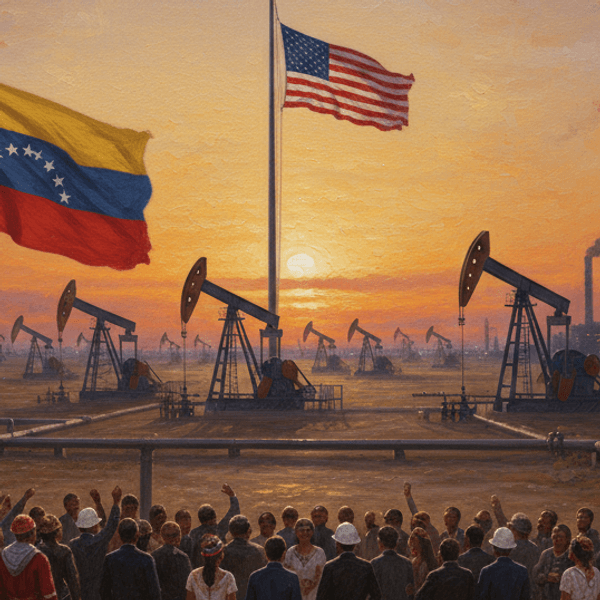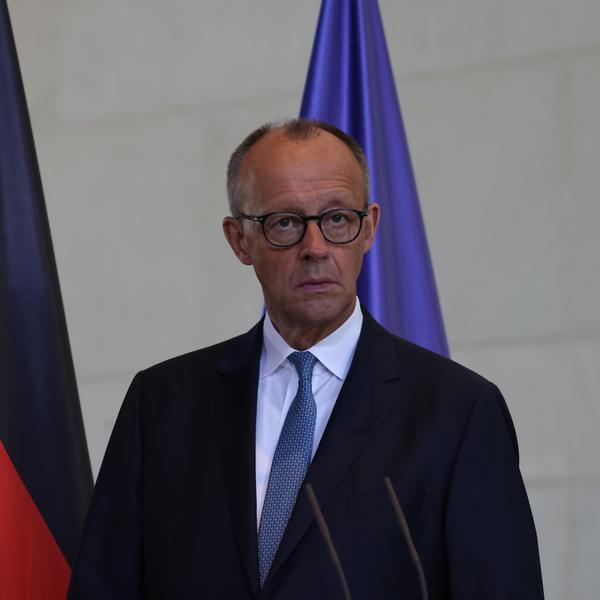In a January article for Foreign Affairs, former Peruvian presidential candidate Julio Armando Guzmán depicts increased Chinese investment in Latin America as an existential threat to the region’s democracies.
The piece reflects an emerging bipartisan consensus in Washington that Chinese influence (ill-defined as that term may be) will undermine the sovereignty of Latin American and Caribbean countries in ways designed to pry them loose from Washington's sphere of influence.
But as seductive as it may be, the Cold War thinking implicit in pieces like this one is rife with unresolved contradictions and misconceptions about China’s role in the region. Policies based on this inflation of China’s security challenges to U.S. regional interests serve only to alienate the region’s vibrant non-aligned movement, stall progress on issues of common interest, and erode the democratic progress they claim to defend.
Guzmán’s article spells out a familiar narrative about the perils of China’s Belt and Road Initiative, or BRI. In the wake of an uneven recovery from a global pandemic, relatively high interest rates, and reduced commodity prices, the argument goes, Latin America is poised for an economic crisis that China will exploit due to its lending capacity and its willingness to attach fewer conditions to its loans than rival lenders. As a result, the argument goes, China will gain leverage over these states, in that it could demand full repayment of the loan and confiscate key assets in the event that a borrower acts against Chinese interests or fails to comply with the loan conditions.
Though Guzmán lambasts these loans as “incompatible with national rules, international agreements, and democratic practices,” his assessment exaggerates the scale of the BRI and demonstrates a lack of understanding of the drivers of demand for these funds.
First, let us confront the myth of the BRI as “debt-trap diplomacy.” According to Deborah Brautigam and Meg Rithmire, who teach international political economy at Johns Hopkins and Harvard, respectively, the BRI is “probing and experimental, a learning process marked by frequent adjustment,” rather than a refined strategy informed by decades of development experience. Nor is Guzman’s fear that China will burden countries with debt and then refuse to renegotiate terms and seize the infrastructure is supported by precedent either. A paper published in 2020 by Brautigam and colleagues concluded that China was willing to restructure more than $15 billion USD in African debt between 2000 and 2019, and that there is no evidence that Beijing has seized a country’s assets as part of a larger geostrategic objective connected to its lending.
A more complete assessment of China’s lending practices in sub-Saharan Africa illustrates the folly of “debt trap” rhetoric. While China is the continent’s largest bilateral creditor, a study by Harry Verhoeven of Columbia University and Nicholas Lippolis of Oxford’s Centre for the Study of African Economies concluded that sub-Saharan Africa’s government debts to China represented just 8 percent of the region’s total debt and 18 percent of Africa’s external debt.
China’s lending also tends to be strategic and concentrated rather than driving a continent-wide growth in debt. Just five countries (Angola, Ethiopia, Kenya, Nigeria, and Zambia) received more than half of China’s total loan value to the entire continent between 2000 and 2020.
This evidence leads naturally to a question: Why would China embrace an aggressive debt-trap strategy towards Latin America, which is more integrated politically and economically with the United States, if it has not done so in Africa?
An additional issue relevant to BRI threat inflation is one of scale. China has scaled back the BRI in recent years due to several factors, including criticism by debtor countries, the U.S.-China trade war, and Chinese public pressure for increased domestic investment. This is particularly salient in Latin America. “Many expect the [China - Latin America] relationship to always stay the same,” according to Margaret Myers of the Inter-American Dialogue. “But this overlooks structural issues in China, such as a domestic property slump and the fallout from a trade war with the United States. There are already signs that China’s engagement with some parts of the region is weakening,” she wrote.
Specifically, investment by China’s development banks into the region has plummeted from a high of $34.5 billion in loans in 2010 to zero dollars in 2022. In fact, the most recent loan by a Chinese policy bank to the region was back in 2019. Debt trap rhetoric is simply not attuned to recent developments in Chinese infrastructure investment in the Americas.
While local states recognize that the BRI has undemocratic elements, many perceive U.S. warnings about it as hypocritical. Countries like Argentina, Chile, and Mexico served as testing grounds for fundamentalist free-market ideas imposed as conditions of their loans, especially so-called “structural adjustment” lending by the World Bank and the International Monetary Fund, particularly during the 1980s and 1990s. Neither of these institutions, of course, is run in a democratic manner, given that voting share is allocated based on country contributions, and the United States enjoys effective veto power over policy and loans in both.
Guzmán argues that “[b]ecause Latin Americans care about democracy and national sovereignty, China should face serious obstacles in its bid for control in the region.” This framing is problematic. First, democracies don’t have interests; states do. The decisions that states make are explained by their security and economic interests; they are not subject to a law of gravity that intrinsically pulls all democracies in the same direction, in opposition to a unified, countervailing autocratic movement.
Moreover, many regimes don’t lend themselves to classification as either democracy and autocracy; they are often hybrids. Is Nayib Bukele’s El Salvador a democracy? Or Peru, with its current civil strife over who is rightfully president? Drawing arbitrary lines and expecting collective action from countries with varying interests and forms of governance will only repel them and make cooperation on transnational issues that much more difficult.
Furthermore, it would be a mistake to equate the most democratic states with those interested in “containing” or isolating China. Democratic countries trade with China, vote with Beijing at the United Nations, and have solicited infrastructure investment from Beijing. Uruguay is one of the most democratic countries in the world and has aggressively pursued a free trade agreement with China and joined Beijing’s Asian Infrastructure Investment Bank.
Former Brazilian president Jair Bolsonaro, who fomented an attempted autogolpe and celebrated the 1964 military coup that launched two decades of dictatorship, was more hawkish on China than many democratic rulers. Indeed, only four of the eight Latin American and Caribbean countries that continue to recognize democratic Taiwan are categorized as “free” by Freedom House. Much like there is no “axis of autocracies,” there are no Latin American anti-China democracies interested in taking sides in a new Cold War between Beijing and Washington. In fact, pressuring them to do so may prove counterproductive, and a region divided into blocs may turn out to be less democratic (as was the case in the Cold War).
During the Cold War, Washington relied on an excessively militarized ideal of containment, informed by the perception that the Soviet Union was ten feet tall and actively fomenting every uprising and left-wing socio-political movement. This securitized response destabilized the region and exacerbated inequality. Today’s magical New Cold War thinking takes a similar form, fixating on the BRI and Chinese influence in Latin America, even as China lacks the ambition and capability to project power in the region or seriously undermine regional stability.
The issues with the greatest impact on Latin America today and likely well into the future are transnational in nature — climate change, pandemics, and inequality. Shoehorning them into U.S.-China rivalry is a recipe for making these challenges all the more difficult to overcome.

